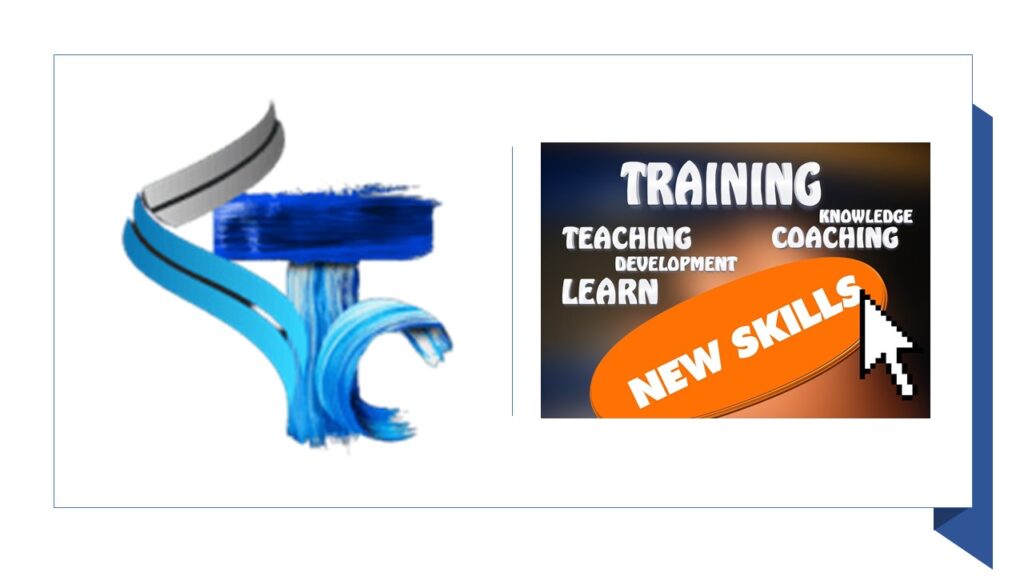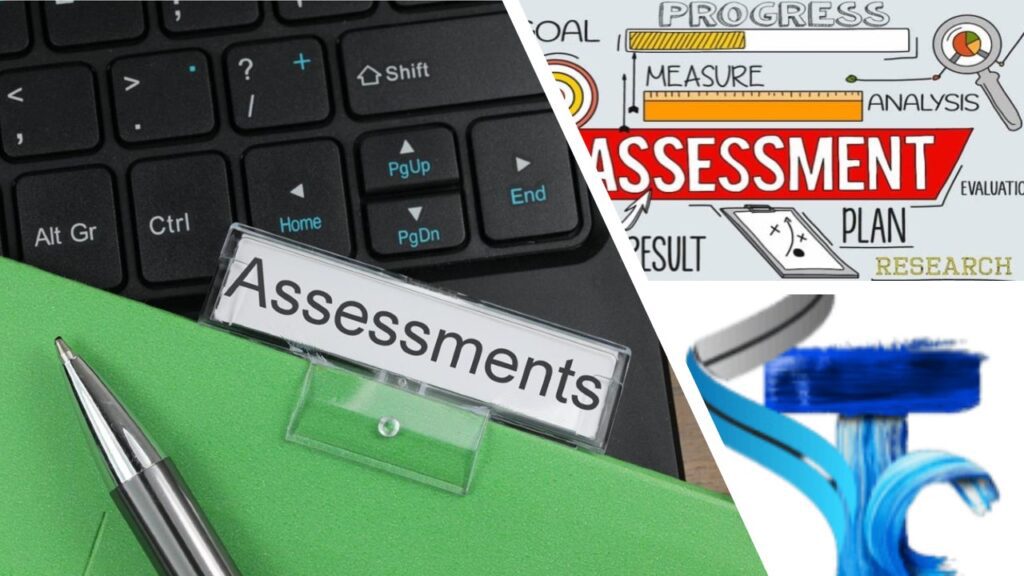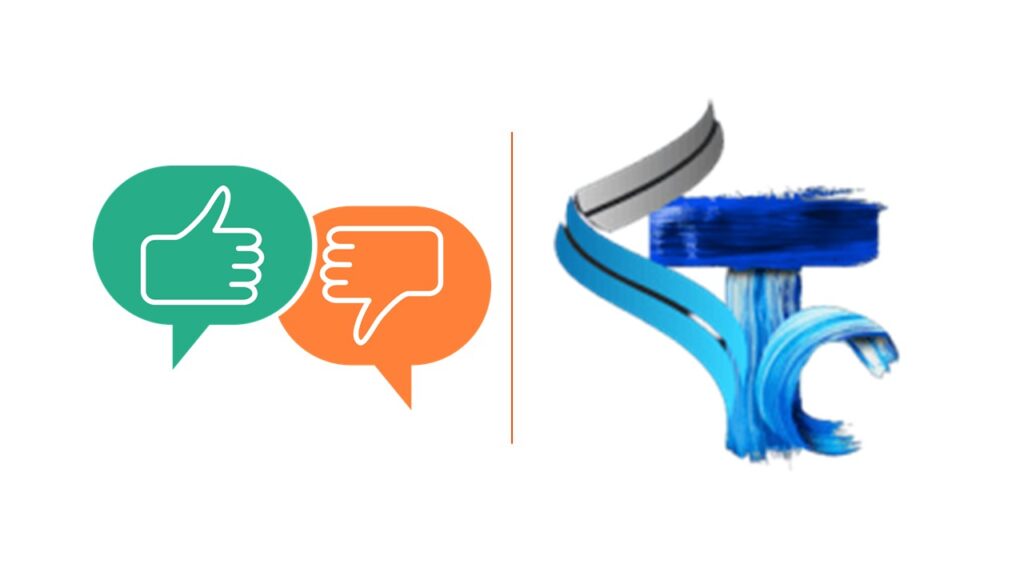In today’s digital age, virtual training programs have become increasingly popular due to their convenience and accessibility. As organizations embrace remote work and online learning, it is crucial to ensure that virtual training programs are effective in assessing participants’ knowledge and skills.

Designing assessments for virtual training programs requires careful consideration of various factors to create engaging and meaningful evaluation methods. This article aims to provide insights and guidelines on how to design assessments that are tailored to virtual training environments.
Introduction
In recent years, the shift towards virtual training programs has transformed the way organizations train their employees and individuals pursue professional development. Assessments play a vital role in evaluating participants’ understanding, knowledge retention, and skills acquired during virtual training programs. This article aims to guide trainers, instructional designers, and educators in designing assessments that are specifically tailored to virtual training environments.
Understanding the Importance of Assessments for Virtual Training Programs
Assessments serve multiple purposes in virtual training programs. They allow trainers to gauge participants’ progress, identify areas of improvement, and measure the effectiveness of the training content.
Well-designed assessments also provide valuable feedback to participants, enabling them to track their own learning journey and make necessary adjustments. Moreover, assessments help organizations assess the overall impact and return on investment (ROI) of their virtual training programs.
Considerations for Designing Assessments for Virtual Training Programs
When designing assessments for virtual training programs, several crucial considerations come into play:
Alignment with Learning Objectives
Assessments should align closely with the stated learning objectives of the training program. By doing so, trainers ensure that the assessments measure the desired outcomes and reflect the participants’ proficiency in the intended skills and knowledge areas.
Authenticity and Relevance
Assessments should reflect real-world scenarios and challenges that participants may encounter in their professional roles. Authentic and relevant assessments enhance the transfer of learning to practical applications, making the training experience more valuable.
Accessibility and User Experience
Virtual training programs often have participants from diverse backgrounds and varying levels of technical expertise. Assessments should be designed with accessibility in mind, ensuring that all participants can easily navigate and complete the assessment tasks without unnecessary barriers or technical difficulties.
Timeliness and Feedback
Providing timely feedback is crucial for participants’ learning and motivation. Design assessments that allow for prompt feedback, either through automated systems or instructor-led evaluations. Constructive feedback helps participants understand their strengths and areas for improvement.
Multiple Assessment Methods
A combination of assessment methods ensures a comprehensive evaluation of participants’ knowledge and skills. Consider using various formats such as quizzes, case studies, role plays, group projects, and presentations to capture different learning styles and assess diverse competencies.
Types of Assessments for Virtual Training Programs

To effectively assess participants’ progress and understanding in virtual training programs, trainers can incorporate various types of assessments:
- Knowledge-Based Assessments: Knowledge-based assessments evaluate participants’ understanding of theoretical concepts, facts, and principles covered in the training. These assessments can include multiple-choice questions, true or false statements, matching exercises, or fill-in-the-blank questions.
- Skills-Based Assessments: Skills-based assessments focus on measuring participants’ ability to apply learned skills in practical scenarios. These assessments often involve simulations, hands-on exercises, or real-life case studies that mirror the challenges participants may face in their professional roles.
- Performance-Based Assessments: Performance-based assessments measure participants’ ability to perform specific tasks or demonstrate practical skills. These assessments can include live demonstrations, video submissions, or direct observations by instructors or peers.
- Self-Assessments and Reflections: Self-assessments and reflections allow participants to evaluate their own learning progress and gain insights into their strengths and weaknesses. These assessments can take the form of self-reflection questionnaires, learning journals, or personal goal-setting exercises.
Strategies for Designing Effective Assessments for Virtual Training Programs
To maximize the effectiveness of assessments in virtual training programs, consider the following strategies:
- Pre-Assessment Activities: Pre-assessment activities help trainers gauge participants’ existing knowledge and skills before the training program begins. This information can guide the design of the training content and tailor assessments to individual needs.
- Formative Assessments: Formative assessments occur during the training program and provide ongoing feedback to participants. These assessments enable trainers to identify areas of improvement and make timely adjustments to the training content, ensuring participants stay engaged and motivated.
- Summative Assessments: Summative assessments are conducted at the end of the training program to evaluate participants’ overall understanding and performance. These assessments measure the achievement of learning objectives and provide a comprehensive summary of participants’ capabilities.
- Interactive Assessments: Interactive assessments engage participants actively during the training program. These assessments can include quizzes with immediate feedback, interactive discussions, or collaborative group projects that promote peer learning and knowledge exchange.
- Gamification and Scenario-Based Assessments: Gamification elements and scenario-based assessments make the learning experience more immersive and enjoyable. By incorporating game-like elements, such as points, badges, or leaderboards, participants are motivated to actively participate and demonstrate their knowledge and skills.
Leveraging Technology to Create Assessments for Virtual Training
Technology plays a vital role in designing and delivering assessments in virtual training programs. Here are some technology-enabled assessment methods:
- Learning Management System (LMS): Learning Management Systems provide a centralized platform for trainers to create, deliver, and manage assessments. LMSs offer features like automated grading, data tracking, and customizable assessment templates.
- Online Assessment Tools: Online assessment tools allow trainers to create interactive and multimedia-rich assessments. These tools often include features like question randomization, multimedia embedding, and real-time analytics to monitor participants’ progress.
- Video based assessments: Video-based assessments leverage the power of visual demonstrations and presentations. Participants can record themselves performing specific tasks or responding to prompts, allowing trainers to assess their skills, communication abilities, and problem-solving capabilities. This also helps in designing assessments for virtual training programs.
- Virtual Simulations and Virtual Reality (VR): Virtual simulations and VR create immersive environments for participants to practice and apply their skills. These assessments provide realistic scenarios that closely resemble real-world situations, enabling trainers to assess participants’ performance in a controlled yet lifelike setting.
Ensuring Security and Integrity of Assessments for Virtual Training
Maintaining the security and integrity of assessments is vital to ensure accurate and reliable results. Consider the following measures:
Best Practices for Feedback and Evaluation
Effective feedback and evaluation are essential components of the assessment process. Consider the following best practices:
Provide immediate feedback to participants after completing assessments. Timely feedback reinforces learning, helps participants correct mistakes, and promotes a growth mindset. This also helps in designing assessments for virtual training programs.

Tailor feedback to each participant’s performance, highlighting their strengths and areas for improvement. Individualized feedback shows participants that their progress is valued and encourages continuous learning. This also helps in designing assessments for virtual training programs.

Analyze assessment data to gain insights into participants’ performance trends, identify knowledge gaps, and evaluate the effectiveness of the training program. Use these insights to make data-driven decisions for future program enhancements. This also helps in designing assessments for virtual training programs.

Conclusion
Designing assessments for virtual training programs requires careful consideration of various factors, including alignment with learning objectives, authenticity, accessibility, and feedback mechanisms. By leveraging technology and incorporating diverse assessment methods, trainers can create engaging and effective evaluation strategies.
Remember to prioritize assessment security and integrity while providing timely feedback and personalized evaluations. By following these guidelines, virtual training programs can ensure that assessments play a vital role in enhancing learning outcomes and measuring the success of the training initiatives. Thus, creating an effective design of Assessments for Virtual Training.

![The Power of Storytelling in Corporate Training: Igniting Success and Inspiring Growth [2023]](https://trainercentric.com/wp-content/uploads/2023/06/storytelling-1024x576.jpg)

Thanks for excellent info. What trips can you recommend in 2024? Astro tourism, eco diving, home swapping, train stations are the new food destinations,sports tourism, coolcationing, gig tripping, private group travel?
I am not sure where you’re getting your info, but great topic. I needs to spend some time learning more or understanding more.
Thanks for magnificent information I was looking for this info for my mission.